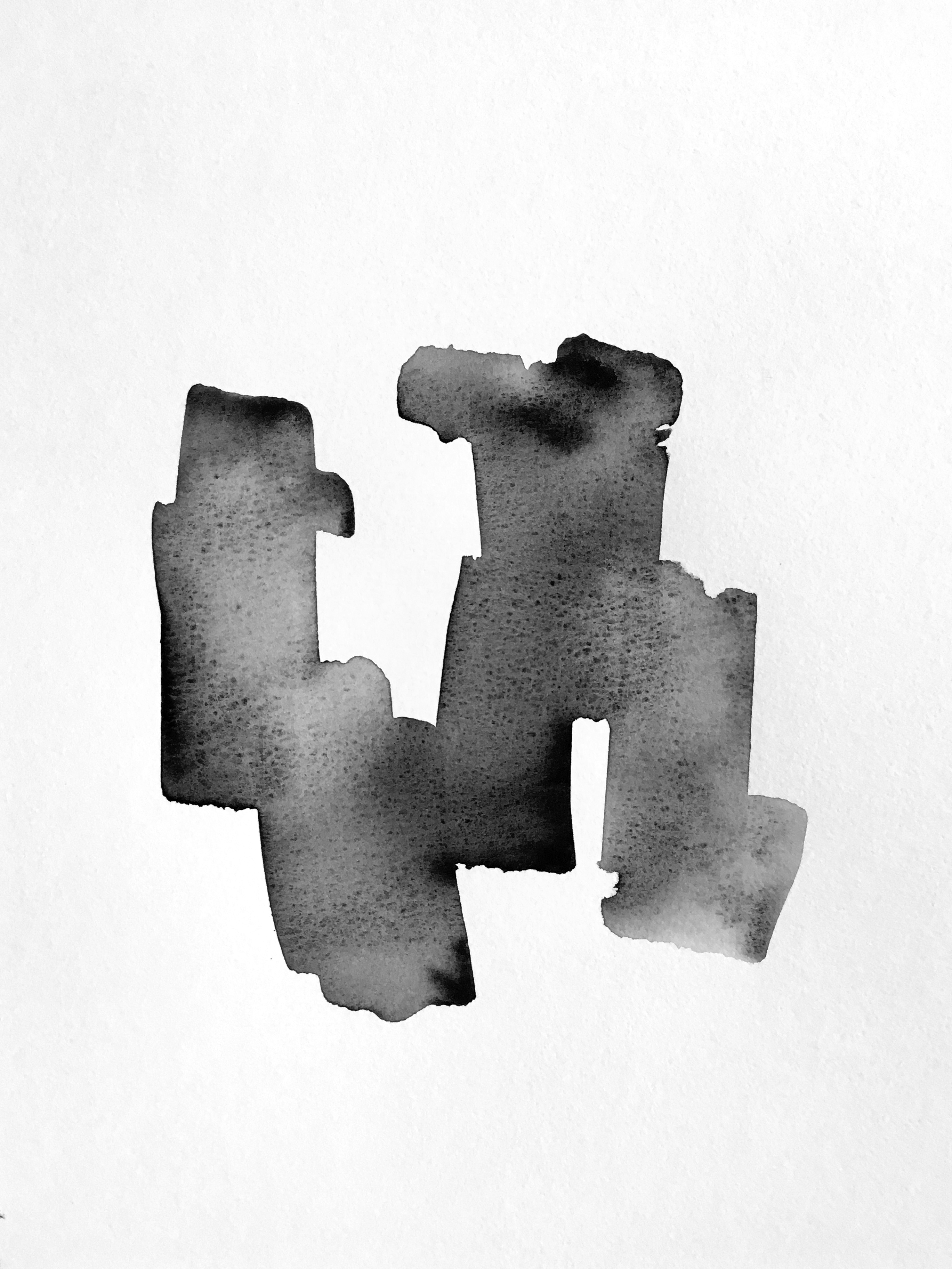don’t stay buried:
a comparative cultural history of the cemetery systems of Prato, Italy & Colma, California
2020-present
Research

a comparative cultural history
flows
moire
gaze/fray
My research posits that beyond their function as a place to dispose of the dead, cemeteries can be conceptualized as a particular type of cultural landscape where social boundaries are made material and that burial landscapes across time and place are characterized by three scales of boundaries: a separation of the living and the dead, a division of an us and a them, and a distinction of a you and an I. This framework treats cemeteries as a holistic landscape rather than focusing on single elements and recognizes both social and material dimensions of the cemetery, their potential to intersect and influence one another or to be held apart.

Focusing on boundaries also holds space to understand not just what is present but what is absent.


By considering the ways that the boundaries expressed within cemeteries of each site have been changed, manipulated, moved, reconsidered, reorganized and/or held static over time -- and by considering the ways those boundaries reflect the organization of the social structures, groups, identities and power of the culture the cemetery is part of -- this framework can be used to compare the histories and morphologies of cemeteries in two different cultures through their histories in a structured manner.


It is in their present roles as spaces used to maintain community boundaries that Colma and Prato are most distinct.

San Francisco weaponized cemetery relocations in order to create a group of unburied dead, targeting Chinese incomers through repeated closures and relocations when the boundaries of cemetery after cemetery were deemed no longer sufficient. The private cemeteries of Colma continued this pattern, outright refusing to sell space to Chinese incomers. Restrictive racial covenants were common in cemeteries and operators rejected attempts to desegregate burial landscapes by claiming that cemeteries were not places of public accommodation. The plethora and distribution of the cemeteries of Colma is the legacy of a racialized landscape -- part of ‘Jim Crow’s long goodbye’’ inscribed into the physical memory of the site.
In Colma, as in many places across the United States, cemeteries currently have less overall importance in maintaining group and social identities for a number of reasons, such as the increasing popularity of cremation (Sloane 1991; Yalom 2008), particularly in the Bay Area; a comparatively mobile population that moves through and across the country frequently, either by choice or by force; the reverberating effects of the difficult-to-reach-by-design suburban rural cemeteries (Arehart 2020); and most significantly because cemeteries were legally desegregated (at least on paper) through the same legislation that made segregated housing practices illegal, which reduced their capacity to be used to enforce definitions of community through outright exclusion based on racial and ethnic identities. Race is important in the United States (or rather, it is important because we must treat it as important (Lipsitz 2007) and in a country shaped by the white spatial imagination, without the ability to express social order and community based on race, cemeteries’ role in maintaining these narratives and boundaries has diminished.
In Colma, as in many places across the United States, cemeteries currently have less overall importance in maintaining group and social identities for a number of reasons, such as the increasing popularity of cremation (Sloane 1991; Yalom 2008), particularly in the Bay Area; a comparatively mobile population that moves through and across the country frequently, either by choice or by force; the reverberating effects of the difficult-to-reach-by-design suburban rural cemeteries (Arehart 2020); and most significantly because cemeteries were legally desegregated (at least on paper) through the same legislation that made segregated housing practices illegal, which reduced their capacity to be used to enforce definitions of community through outright exclusion based on racial and ethnic identities. Race is important in the United States (or rather, it is important because we must treat it as important (Lipsitz 2007) and in a country shaped by the white spatial imagination, without the ability to express social order and community based on race, cemeteries’ role in maintaining these narratives and boundaries has diminished.

2020 to present